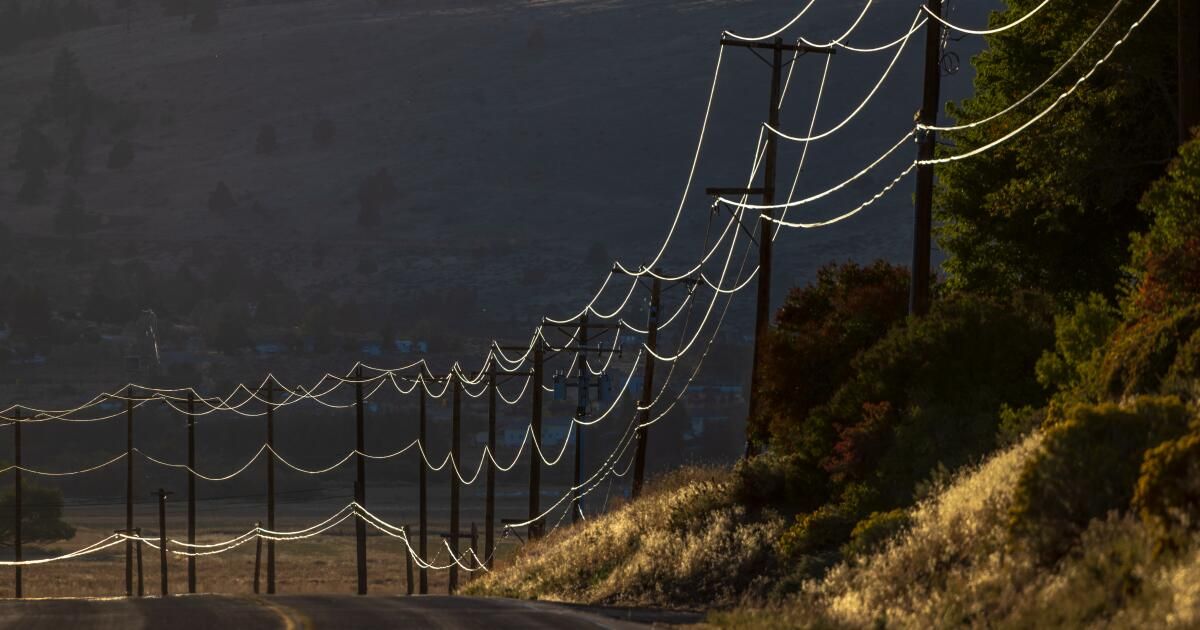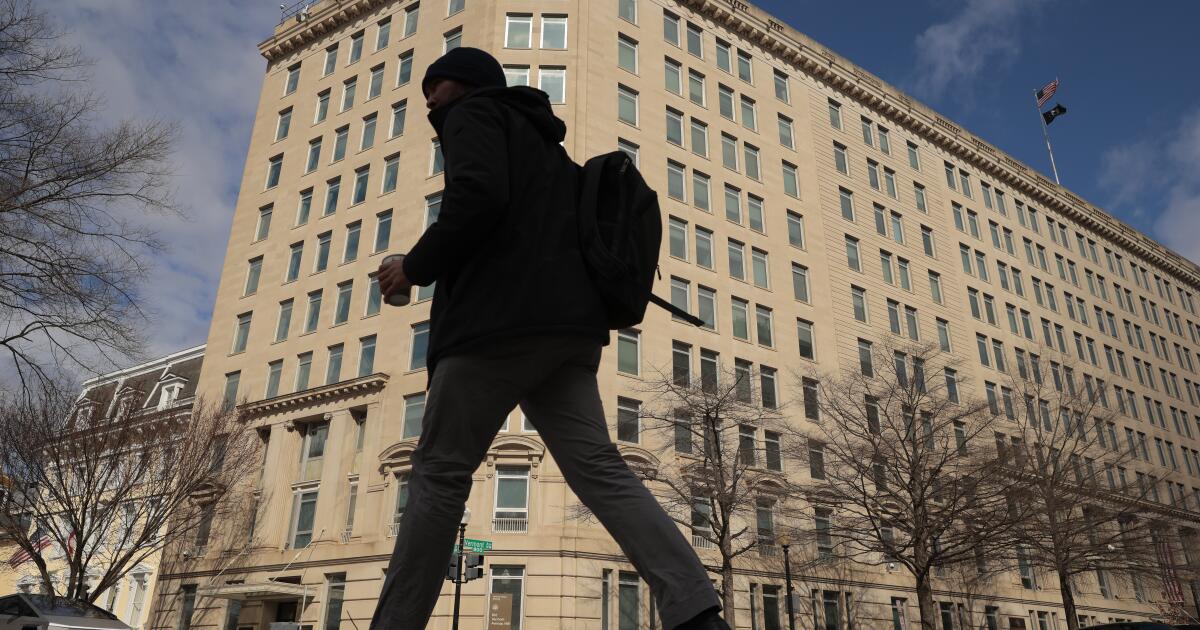The start of a prolonged and potentially dangerous heat wave Tuesday coincided with elevated fire conditions in Northern California, prompting Pacific Gas & Electric Co. to initiate the first planned power outages of the year, which are expected to last at least through Wednesday.
PG&E, California’s largest energy provider, implemented public safety power shutoffs Tuesday morning in eight counties — Butte, Colusa, Lake, Napa, Solano, Sonoma, Tehama and Yolo — “due to high winds and dry conditions,” according to the utility’s website. The shutoffs are intended to prevent the utility’s equipment from causing fires during dangerous conditions.
PG&E said the power outages early Tuesday morning affected about 2,000 customers. The utility said in a statement that it had “delayed the start of planned power outages.” [shutoffs] for approximately 10,000 additional customers, primarily in Glenn and Shasta counties…due to favorable weather conditions.”
The energy provider is still monitoring the weather and further power outages are still possible.
Much of the Sacramento Valley and Bay Area mountains are under a red flag warning (issued for elevated fire risk) and excessive heat warning on Tuesday. The red flag warning, issued through Wednesday night, warns of a combination of winds up to 30 mph, low humidity and high temperatures that “may contribute to extreme fire behavior,” according to the National Weather Service.
California firefighters are already battling several blazes across the state, the most urgent being the Basin Fire, which is now burning more than 13,000 acres in the Sierra National Forest in Fresno County. It was 17% contained as of Tuesday morning, according to the California Department of Forestry and Fire Protection.
The fire is burning near Balch Camp, an isolated community where more than 150 people were evacuated because of the blaze. PG&E has electrical infrastructure there, but a company spokesman said none of its facilities had been affected as of Tuesday morning.
Firefighters also continue to battle the Fresno Lightning Complex Fire, which has spread across approximately 10,600 acres over the past few days and was 86% contained as of Tuesday morning.
“Extremely hot weather dries out plant matter, increasing the risk of wildfires,” Cal Fire warned on social media. “Avoid activities that could spark a wildfire, such as parking in dry grass, dragging chains or using equipment during the hottest part of the day. Remember: one less spark means one less fire.”
The most dangerous fire weather is expected to last only through midweek, but officials warn that extreme heat will be unrelenting and last in some areas of the state for a week or more.
“This is a prolonged heat event that will certainly bring serious concerns about heat-related illness if people don't take proper precautions,” said Kate Forrest, a meteorologist with the National Weather Service in Sacramento. Forecasters expect this to be a potentially record-breaking heat event, with triple-digit temperatures persisting for several days and little relief overnight.
Redding could break or tie its record for most consecutive days with temperatures above 43 degrees, which currently stands at six days in 1978. Wednesday through Monday is forecast to reach 43 degrees or higher in Redding, with Saturday expected to be the hottest day at 46 degrees, Forrest said, which would tie the current record. There's a chance the heat could last even longer.
“We are definitely going to get close to that record,” he said.
The statewide excessive heat warning will be in effect from Tuesday through the weekend in most areas. Additionally, several regions will be under separate heat warnings tied to their specific forecasts.
Much of Los Angeles County’s inland valleys and mountains, including the San Fernando Valley and San Gabriel Mountains, are under an excessive heat advisory from Wednesday through Sunday, when highs of 95 to 110 degrees are expected. Even coastal communities in Southern California are under a heat advisory from Thursday through Sunday, when temperatures could reach as high as 95 degrees.
The Central Valley could experience a week or more of excessive heat, with high temperatures reaching or exceeding 107 degrees from Tuesday through July 8.
High temperatures of up to 121 degrees are forecast in the deserts of the Coachella Valley and San Diego County. In the Antelope Valley, temperatures are forecast to reach 115 degrees.
In Death Valley, high temperatures could reach 127 degrees later this week, while “low temperatures may not fall below 90 degrees for several days,” the weather service warned.
In the state's far northwest corner, officials are warning of possible record-breaking temperatures, with highs of more than 110 degrees in northern Humboldt County from Wednesday through the weekend. Parts of Trinity and Lake counties could see highs of up to 115 degrees, the weather service warned.
A heat advisory has been issued for much of the inland San Francisco Bay Area, where high temperatures could reach 110 degrees, according to the National Weather Service.
“This will be a statewide heat event and could last for quite some time,” UCLA climate scientist Daniel Swain wrote in a blog post Sunday. “In inland areas, as well as at higher elevations, it is entirely possible that temperatures will remain continuously above average for the next two weeks or more, into mid-July.”
Times staff writer Rachel Uranga contributed to this report.












